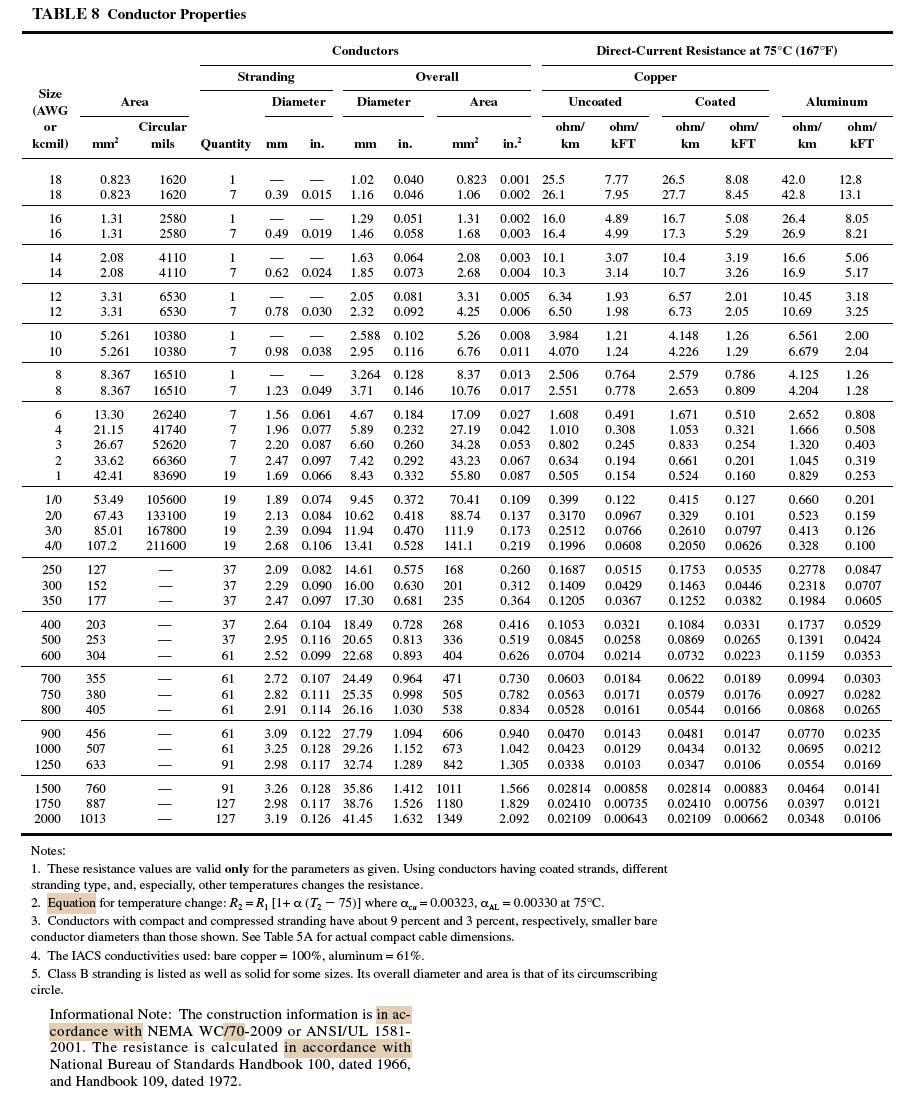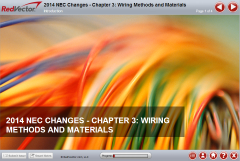Nec Chapter 8 Contains Information On
If you are in the electrical industry, then you already know that the NEC (National Electrical Code) is the standard that all designers, electricians, and inspectors follow. NEC Chapter 8 contains information on specific requirements for communications systems, including conductors, cables, and raceways, among others. It's crucial to understand all the regulations in this chapter to ensure safety and compliance for your projects. Let's dive deeper into what NEC Chapter 8 contains information on.
When dealing with communications systems, a lot can go wrong if you don't follow specific regulations and requirements, leading to safety hazards and non-compliance. NEC Chapter 8 contains information on particular pain points, such as grounding and bonding, installation methods, and safety practices, among others, that can't be ignored. Understanding these pain points is crucial to ensure that your projects are up to code and regulations.
NEC Chapter 8 contains information on communication systems and their requirements. It covers all aspects of a communication system's installation, from initial design and installation to maintenance and repair, and these requirements apply to all systems, no matter their size or complexity. Understanding these requirements is critical to ensure that you are installing and maintaining communication systems safely, efficiently, and within code.
In summary, NEC Chapter 8 contains information on specific requirements for communication systems. It covers pain points, regulations, and requirements that ensure safety and compliance. Understanding these aspects of NEC Chapter 8 is essential for effective installation and maintenance of communication systems in the electrical industry.
Understanding NEC Chapter 8 Requirements
As an electrician, I have had personal experience dealing with communication systems and their requirements. One essential aspect of NEC Chapter 8 requires grounding and bonding for communication systems. All metallic parts of communication systems must be grounded, and low impedance paths must bond to prevent high voltage differences between equipment. It is crucial to follow these requirements to ensure safety and minimize damage to the communication systems.
NEC Chapter 8 Safety Practices
Safety is a key aspect of NEC Chapter 8 when it comes to installing and maintaining communication systems. One safety practice is designing and installing communication systems to be clear of electrical hazards adequately. Communication cables and raceways should be separated from high-voltage wires and equipment to avoid potential hazards. Other safety practices covered in NEC Chapter 8 include labeling, testing, and inspection requirements.
NEC Chapter 8 Installation Methods
NEC Chapter 8 contains information on the installation methods for communication systems that ensure their effectiveness and longevity. One requirement is that communication cables should be securely fastened to the structure using appropriate supports. The chapter also specifies information on the types of cables, conductors, and raceways allowed for communication systems, and their installation procedures.
NEC Chapter 8 Maintenance and Repair
Maintenance and repair of communication systems should also be conducted within the guidelines of NEC Chapter 8. This requirement includes inspecting communication systems regularly, repairing damaged or deteriorating systems promptly, and ensuring that all cables, conduits, and communication devices are operating correctly.
Question and Answer
Q: Why is it essential to follow NEC Chapter 8 requirements?
A: It's crucial to follow NEC Chapter 8 requirements to ensure that communication systems are installed, maintained, and repaired safely, efficiently, and within code. Non-compliance can lead to safety hazards, damage to equipment, and non-compliance issues.
Q: What safety practices should be followed when installing communication systems?
A: Safety practices that should be followed when installing communication systems include designing and installing systems clear of electrical hazards, labeling, testing, and inspections requirements.
Q: What is the purpose of grounding and bonding for communication systems?
A: Grounding and bonding ensure that metallic parts of communication systems are grounded, and low-impedance paths bond to prevent high voltage differences between equipment. This minimizes safety hazards and damage to the communication systems.
Q: What is the importance of regular maintenance and repair of communication systems?
A: Regular maintenance and repair of communication systems ensure that all cables, conduits, and communication devices are operating correctly. This helps to avoid potential hazards and ensures that communication systems are functioning effectively.
Conclusion
NEC Chapter 8 contains critical information on specific requirements for communication systems, pain points, safety practices, and installation methods that electricians, designers, and inspectors in the electrical industry should follow. Non-compliance with these regulations can lead to safety hazards and non-compliance issues that could have far-reaching consequences. Therefore, it's crucial to ensure that all communication systems are installed, maintained, and repaired following the NEC Chapter 8 guidelines.
Gallery
20+ Nec Chapter 9 Table 5 - SureshGeorgie

Photo Credit by: bing.com /
Wire Insulation Types Chart Nec - Best Picture Of Chart Anyimage.Org

Photo Credit by: bing.com /
Nec Wire Fill Chart Emt - Wiring Flow Line

Photo Credit by: bing.com /
2014 NEC Changes - Chapter 3: Wiring Methods And Materials - For

Photo Credit by: bing.com /
Voltage Drop Calculations, NEC Chapter 9, Table 8 Vs. Table 9

Photo Credit by: bing.com / nec table chapter voltage drop calculations spreadsheet vs automatically populated gets data
0 Response to "Nec Chapter 8 Contains Information On"
Post a Comment